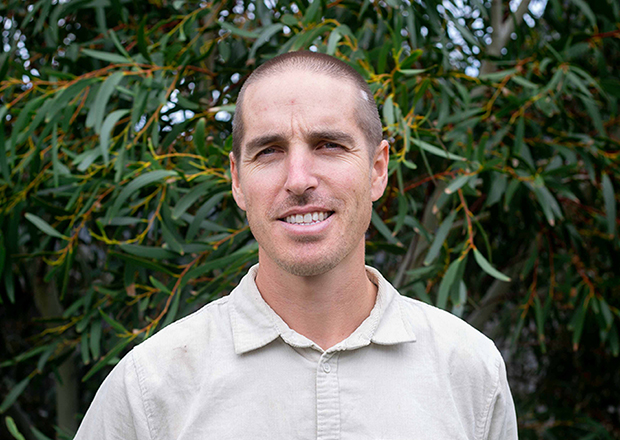Earlier in the year, we were approached by a potential client wanting to design and build a Certified Passive House, which is an internationally recognised energy standard with an aim to decarbonise the construction industry. Dave, our Director, is a Certified Passive Builder so we already integrate many of the principles into the way we build our homes, such as a well-sealed building envelope. But no one at The Sociable Weaver is a Certified Passive Designer — yet!
This legend of a client kindly offered to support us in completing our Passive House Designer Certification so we could go on the Passive House journey together. We were blown away by their generosity and inspired by their commitment to reduce their impact on the planet.
Why does it matter?
According to the CSIRO, residential buildings are responsible for around 24% of overall electricity use and 12% of total carbon emissions in Australia. It wasn’t until 1993 that the Nationwide House Energy Rating Scheme (NatHERS) was introduced, meaning the bulk of existing buildings in Australia have poor energy performance, something we have all experienced in uninsulated, draughty houses. This means we rely on air conditioning to heat and cool our homes to maintain comfortable indoor temperatures, leading to a higher energy consumption and a larger carbon footprint.



What’s involved in becoming a Passive House Certified Designer?
TSW Designers Michael and Noa are currently completing the Passive House Designer Certification, which involves about four months of self-paced online study of the principles & formulas required to execute a Passive House Certified building. The course is divided into modules, which include:
- Insulating the building envelope
- Ensuring the building envelope is airtight
- Eliminating thermal bridges
- Installing a heat recovery ventilation system
- Installing high performance glazing
What’s the benefit of becoming certified?
Understanding the methodology behind Passive House certified construction tells us how we can do better in the construction industry to create more energy efficient homes. The Passive House standard has a multitude of performance-based criteria that must be met, and planning for them during the design stage means they can be more efficiently achieved during construction.
For example, Passive House standards allow a maximum of 0.6 air exchanges per hour measured at 50Pa using what is called a Blower Door Test. Air exchanges per hour signify the airtightness of a house. The higher the number of air exchanges, the ‘leakier’ the building is, making the heating and cooling of that building less efficient. For context, the CSIRO conducted a study of the airtightness of Australian homes in 2020 and found that the average home experienced around 15.4(!) air exchanges per hour.

How will becoming certified change what you’re already doing?
It will change things in a number of ways. For example, we’ll better understand the importance of eliminating thermal bridges in the building envelope. Thermal bridges occur where the heat flow through materials change in comparison to the heat flow of adjacent areas, like a steel column in a timber-framed wall. The steel transfers heat at a different rate to timber, creating a thermal bridge from outside to inside. This also occurs at corners and around glazing frames. Knowing this simplifies the design of the building envelope so the home can be more easily heated and cooled, which will reduce energy consumption.
We’re excited to be on this journey. And we’ll be even more thrilled when we’re able to offer Passive House Certified Design and Build services. Not many, if any, companies offer both. We think it will improve our overall building quality, and help push our homes to the next level of performance.




Hungry for more?
Make sure you subscribe to our newsletter and follow The Sociable Weaver on Instagram for design tips, inspiration, and behind the scenes of our latest builds.
Join our newsletter





